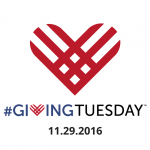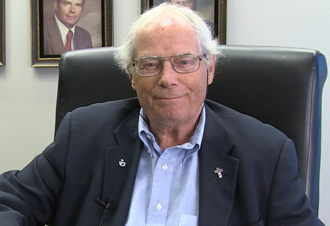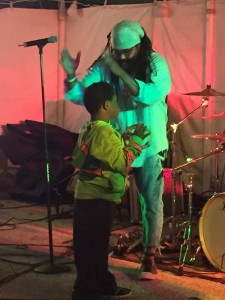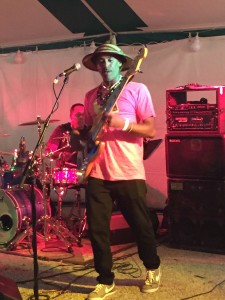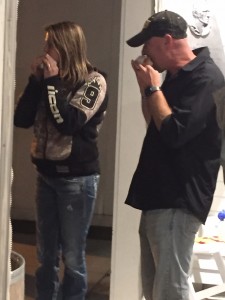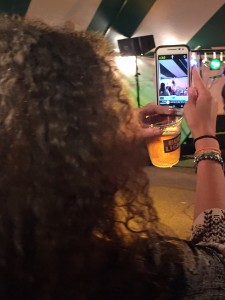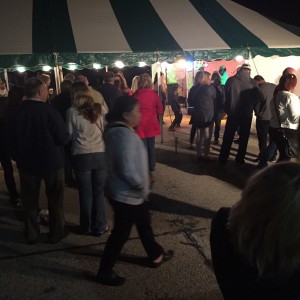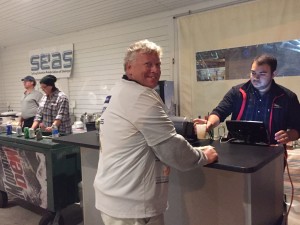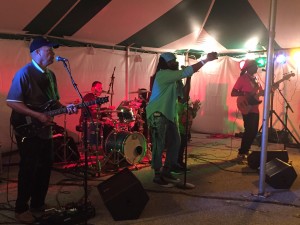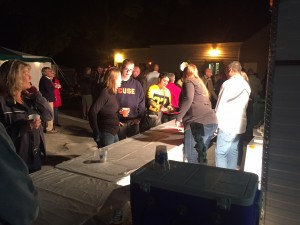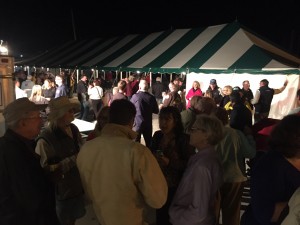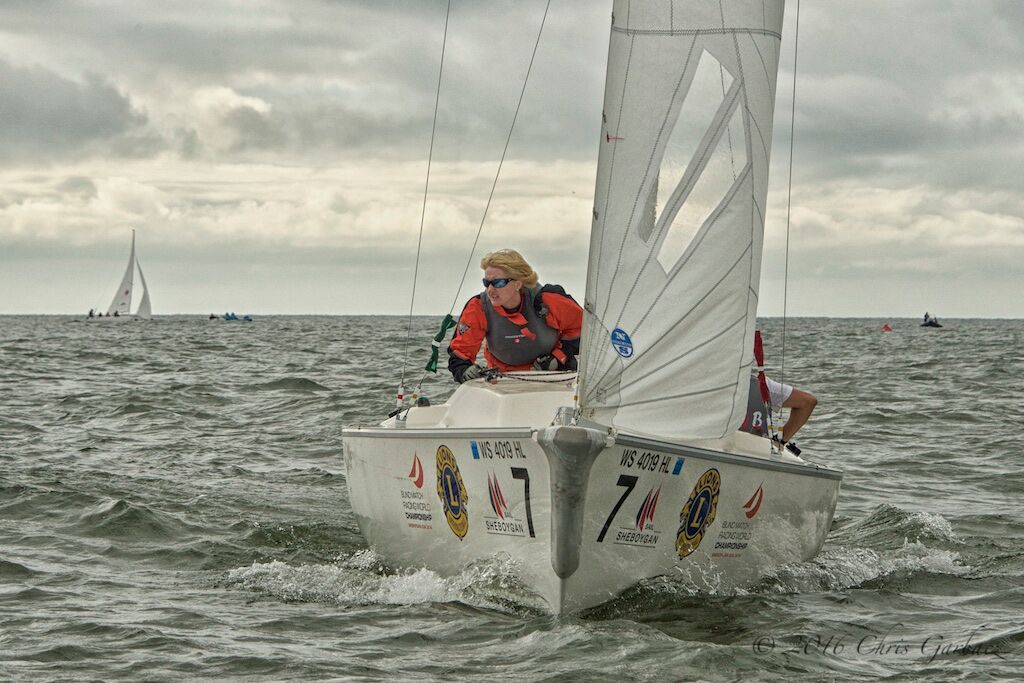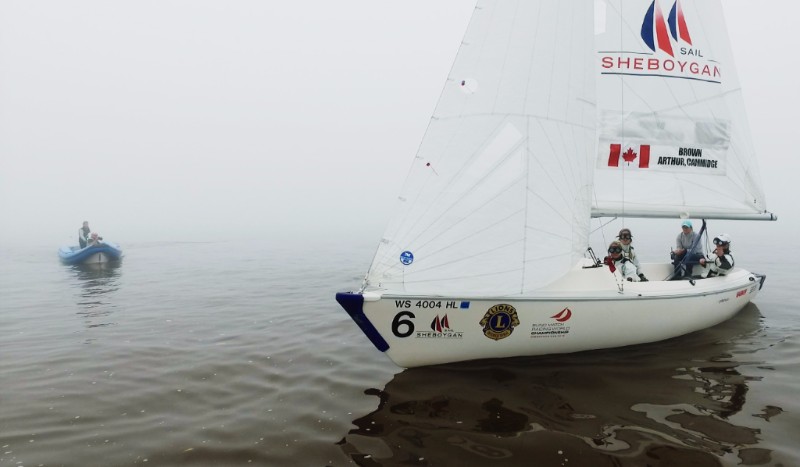Skill, teamwork on display during Blind Match Racing World Championship
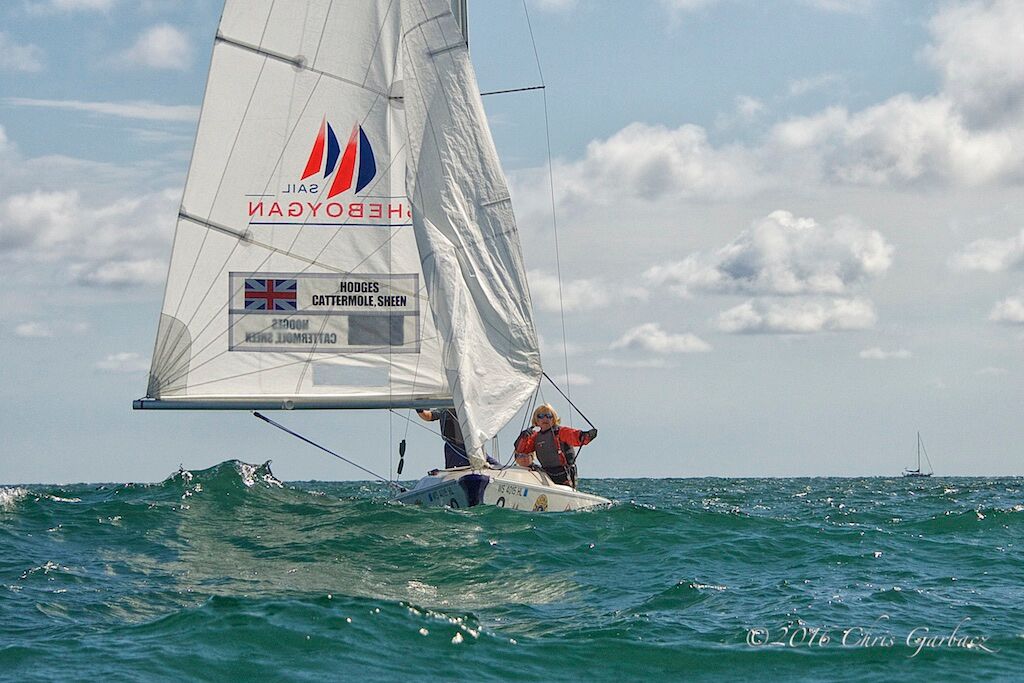
At the end of an abbreviated, jam-packed two-day regatta, Great Britain took the gold in the 2016 Blind Match Racing World Championship.
The British team (Skipper Vicki Sheen, Liam Cattermole and Lucy Hodges) won all but one match over the two days. The only team that could best them was Team Canada (Skipper David Brown, Brian Arthur and Laura Cammidge) who took a race off of them in the Finals, but it wasn’t enough to pry away the crown. USA 1 (Walter Raineri, Kris Scheppe and Scott Ford) took the bronze after a spirited Petit Final series with the Israeli team.
And though the scores don’t reflect it, Team Israel (Skipper Elad Rosenzvieg, Zohar Halevi and Yaniv Elimelech) and Team USA 2 (Mark Bos, BJ Blahnik and Matthew Chao) both showed great improvement in skill and technique as they continue to develop as competitive match racers.
Vicki, who is eager to bring blind match racing to new countries and sailing communities around the world, was gracious in victory and ready with a bit of sass for her Canadian friends.
“I put that team together by connecting the Canadians, David and Brian, with our British teammate Laura,” she joked. “That’s just not considerate, is it, for them to take a win off of us?” she said with a wry smile.
Chairman of Blind Sailing International and a three-time gold medalist in the Blind Match Racing World Championships, Vicki said she thinks the sport has an important role to play worldwide.
“You don’t need a fleet of boats, it really develops the sailor’s skills, it’s a flexible format – it’s really the way forward,” she said. “We’re excited to expand the discipline to other countries; they have got visually impaired sailors but they haven’t thought about match racing. We are working to change that.”
David Brown said he and his teammates continue to learn with every sail.
“Given that we haven’t sailed together on a team before we came here, we really came together as a team quite well,” he said. “It’s a team effort – you need everyone doing their job to make it successful.”
Para World Sailing Technical Delegate Sir Henry Sleutel said the entire event exceeded his expectations despite the weather problems.
“It was two days of perfect sailing,” Henry said. “In the race when David Brown beat Vicki Sheen, that was really something. Great sailing in very difficult conditions.”
Henry also credited the local organizations that took the lead on the logistics of the event: the Sheboygan Yacht Club, SEAS and Sail Sheboygan.
“This is such a fantastic club with so much knowledge,” he said.
Umpire Piero Occheto agreed, pointing out the army of volunteers who turned out Friday night to help with a fundraiser brat fry, which drew hundreds of people and raised more than $5,000 and awareness for SEAS’ adaptive sailing program.
“It’s not easy today to find as many volunteers as you have here,” Piero said. “Even in big events.”
“That’s how you see what a community you are,” Henry said. “It’s really fantastic.”
About halfway through the day’s racing, a member of USA2 experienced a medical issue that ended the team’s participation. Even that, however, went exactly as it was supposed to, Henry said, from the immediate response of fellow sailors, race officals, and coaches to the arrival of medical personnel.
“It was perfect,” he said.
Skipper Mark Bos was checked out medically and returned to the venue.
In the end, Henry said, the sport of blind match racing brings out the best in people.
“You see people sitting, talking, laughing, smiling” he said. “Then you see what sailing is.”


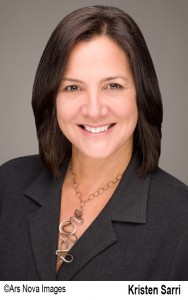 Kris joins our NMSF team after nearly 20 years in senior positions in Congress and federal agencies including the Department of the Interior, Department of Commerce and the Office of Management and Budget. While her experience is diverse, the consistent threads across all her roles are a deep involvement in shaping ocean and environmental issues, strong strategic and operational management skills, wide-ranging expertise in the legislative and regulatory sectors, a track record of success in engaging disparate stakeholders and – most of all – a passion for the ocean and the critical importance of sanctuaries in the ocean’s healthy future.
Kris joins our NMSF team after nearly 20 years in senior positions in Congress and federal agencies including the Department of the Interior, Department of Commerce and the Office of Management and Budget. While her experience is diverse, the consistent threads across all her roles are a deep involvement in shaping ocean and environmental issues, strong strategic and operational management skills, wide-ranging expertise in the legislative and regulatory sectors, a track record of success in engaging disparate stakeholders and – most of all – a passion for the ocean and the critical importance of sanctuaries in the ocean’s healthy future.